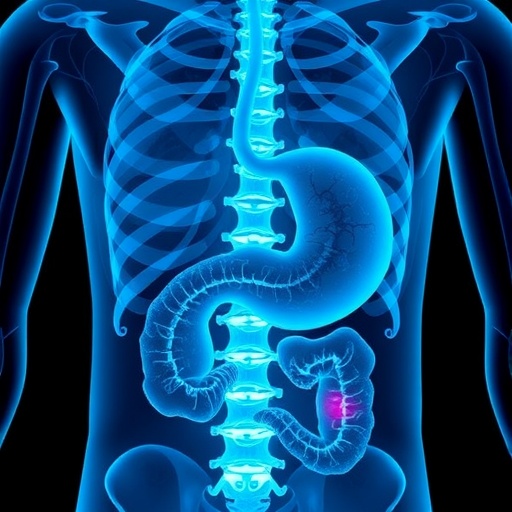A new study indicates that both high-grade abnormal cellular changes (dysplasia) and esophageal adenocarcinoma (a form of cancer) have increased in the last 25 years among people with a digestive condition known as Barrett’s esophagus. The study report, Increasing prevalence of high-grade dysplasia and adenocarcinoma on index endoscopy in Barrett’s esophagus over the past 2 decades, is published in the February issue of GIE: Gastrointestinal Endoscopy, the peer-reviewed journal of the American Society for Gastrointestinal Endoscopy (ASGE).
The Barrett’s Esophagus Study looked at more than 3,600 patients at multiple healthcare centers who had Barrett’s esophagus (BE). This is a condition in which the normal tissue that lines the esophagus (the tube that carries food from the mouth to the stomach) develops abnormal changes. A significant percentage of people who have chronic symptoms of gastroesophageal reflux disease (GERD) will develop Barrett’s esophagus.
The researchers looked at the index endoscopy findings of BE patients.
Endoscopy is a medical procedure in which doctors insert a tube with a camera at the end into the patient’s digestive tract to look for visible problems or changes. Sometimes the doctor can treat a problem area while doing the endoscopy. The “index endoscopy” is one that is performed when a patient first complains of symptoms that need to be checked. The index endoscopy may be used later to compare to the results of successive endoscopies if those are recommended.
In this study, the researchers reviewed the index endoscopy results of the BE patients to determine the proportions of those with no dysplasia, low-grade dysplasia (LGD), high-grade dysplasia (HGD) and esophageal adenocarcinoma (EAC).
A look at these patients’ records over 25 years indicated that over time, there was an increase in the mean age of patients with BE, and the proportion of males diagnosed with BE also increased. The proportion of patients who had low-grade dysplasia had remained stable, but there was a 148 percent increase of those with high-grade dysplasia and a 112% increase of those with EAC. Higher-grade dysplasia presents a higher risk for developing into cancer. There also was a marked increase in the number of visible lesions (areas of damaged tissue) detected during the endoscopy.
There was a decrease in the mean “BE length,” meaning how many centimeters of the lining of the esophagus appear to be changed.
According to the study authors, these results suggest that the prevalence of HGD and EAC has significantly increased over the past 25 years despite a decrease in BE length during the same period. This increase parallels an increase in the detection of visible lesions, suggesting that a careful examination at the index endoscopy is crucial.
###
This study was made available online in October 2018 ahead of final publication in print in February 2019.
Editor’s note for trade press: Dr. Madhav Desai discusses “Increasing prevalence of high-grade dysplasia and adenocarcinoma on index endoscopy in Barrett’s esophagus over the past two decades: data from a multicenter U.S. consortium.” https:/
Media Contact
Gina Steiner
[email protected]
630-570-5635
http://dx.




